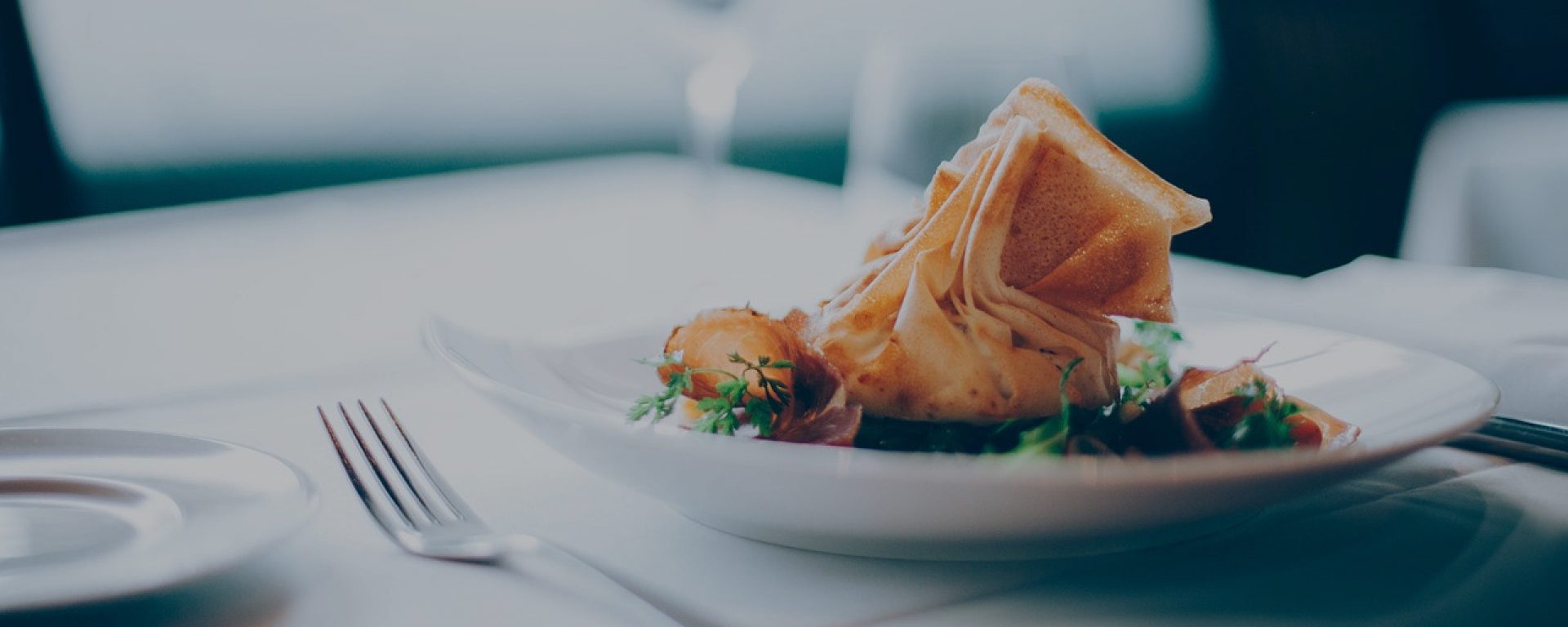 In today’s interconnected digital age, platforms like Instagram, TikTok, and YouTube have seamlessly woven into the fabric of our daily lives, influencing everything from our fashion choices to our political views. Use smm panel to reach more audiences for your accounts. One particularly delectable domain that has witnessed a transformative touch of social media is our culinary world.
In today’s interconnected digital age, platforms like Instagram, TikTok, and YouTube have seamlessly woven into the fabric of our daily lives, influencing everything from our fashion choices to our political views. Use smm panel to reach more audiences for your accounts. One particularly delectable domain that has witnessed a transformative touch of social media is our culinary world.
Gone are the days when our culinary repertoire was largely confined to local or regional cuisines. While television chefs like Julia Child introduced the Western world to French cuisine in the latter half of the 20th century, it’s the age of online influencers that has truly globalized our kitchens. With a simple scroll or a quick search, we find ourselves diving into the culinary traditions of countries thousands of miles away.
The Wide World of Food on Social Media
Instagram, with its picture-perfect aesthetic, has allowed home chefs and professionals alike to showcase the vibrancy and diversity of dishes from every corner of the globe. Every plate, meticulously curated and garnished, tells a story. Platforms like YouTube and TikTok, meanwhile, have democratized the culinary arts. Gone is the mystique behind seemingly complex dishes. With step-by-step tutorials, we’re not just introduced to a new dish, but also empowered to recreate it in our own kitchens.
The stalwarts behind this food revolution? A mix of passionate travelers, culinary maestros, and everyday food enthusiasts. They’re the influencers making “Bibimbap” a household name, acquainting us with the delicate art of making “Dim Sum”, or sharing the rich, aromatic universe of Moroccan tagines.
The Benefits of this Exposure
Apart from tantalizing our taste buds, this deluge of global cuisines serves a greater purpose. In a world where stereotypes can be pervasive, food becomes an ambassador of culture. Every dish, with its history and nuances, tells a tale of migration, conquest, trade, or celebration. It fosters a sense of appreciation, urging us to look beyond the dish and immerse ourselves in its cultural context.
Moreover, this exposure nudges us to experiment. The once ‘foreign’ ingredient becomes a staple as we become more adventurous in our culinary endeavors. Businesses too are reaping the benefits. Local markets now stock a wider range of international products, and restaurants featuring global cuisines often find themselves thriving, all thanks to a dish or ingredient trending online.
Challenges and Criticisms
However, this culinary globalization isn’t without its pitfalls. The simplification of recipes for the sake of brevity or convenience can sometimes dilute the authenticity of a dish. What’s more, there’s a fine line between cultural appreciation and appropriation. A ‘fusion’ dish, while innovative, may sometimes be perceived as a misrepresentation, leading to heated debates about culinary purity and ownership.
As we continue to feast on this global smorgasbord, it’s imperative to do so responsibly. Sharing a recipe? Ensure you credit its origins and respect its traditional preparation methods. Embarking on a culinary adventure? Approach it with an open heart and a genuine curiosity to understand its cultural significance.
Every dish is a conversation starter, a bridge connecting diverse cultures. As we savor the myriad flavors presented to us, let’s also cherish the stories they tell and the traditions they uphold.

